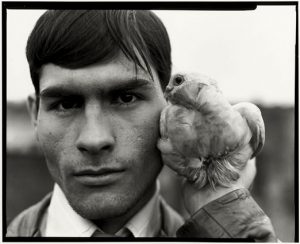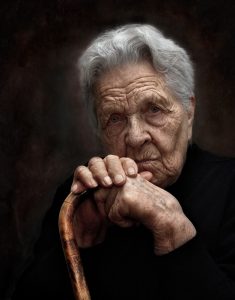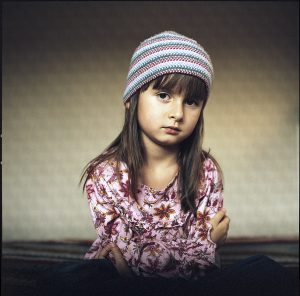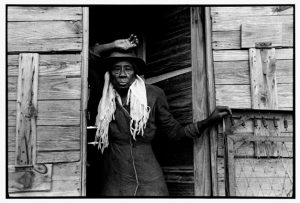I found Kristin Valdez Quade’s “Mojave Rats” very interesting- the main character, Monica, in particular. Throughout the short story Monica makes many comments and has many thoughts about how much better she is than those around her; how much more sophisticated and of better breeding (only her, she never really goes into much detail about her family being any better). On page 32 she says “The place caught people like trash in a wire fence, damaged, discarded people blown out of the bright tree-lined towns of America, held here until the wind came up. Mojave rats, Elliot called them, these denizens of the dust.” Later on this page there is talk of how “determined that people understand she wasn’t like them… She told herself again and again that her time at Shady Lanes was only prelude to her real life…” and these, along with several other lines in this short story, showcase Monica’s character as being extremely condescending and arrogant.
There was also the subject of Monica’s “enormity of disloyalty to Elliot” (pg. 49) and the strained relationship between her and the older daughter, Cordelia. “For all his flaws, Peter would never have found himself in Elliot’s position,…” though she later attempts to make amends for this thought, it was her immediate response to her situation. Peter, though abusive and overbearing, would never have dragged her to a place like Shady Lanes, a place our main character so obviously loathes. There was also the instance that she handed over her prized possession-the three hundred dollar dress- to Amanda, despite having just told Cordelia, her own daughter, moments before, that it should have been hers one day. Again, she feels guilt for her actions and thoughts, but it seems her first response to an uncomfortable situation is self-preservation and pride, despite being a mother and wife with a second chance at a loving husband and family.
The strain on this Mother-daughter relationship is also very present on page 33, when Cordelia is too close to the road as a truck barrels past. When Monica yanks her oldest daughter by the arm, she says “‘Don’t you ever-“ she started, not caring how much she hurt Cordelia-glad to hurt her, even-‘“. When I read this sentence for the first time, I felt confused; surely she meant glad to hurt her because she was putting herself in danger? But as I finished the story and read Monica’s conclusions about Cordelia, or, more accurately, her projections of what the little girl would be, it did not seem such a selfless, motherly thought. Monica recognizes that her daughter is now an outsider in the family, that “Monica herself had put her there,..” (pg. 56) but in the last sentence makes a statement that rings with bitterness to me; “…and she wouldn’t even notice that she was finally warm.” (pg. 57) Despite the conclusions she had only just come to about the misfortune of her daughter’s circumstances, she still finds fault with her. With everyone, but Monica herself. For all of the looking down and judging that she does on the rest of Shady Lanes, the “Mojave rats, and even her own daughter, it seems to me that the only real rat in this short story is Monica herself.





